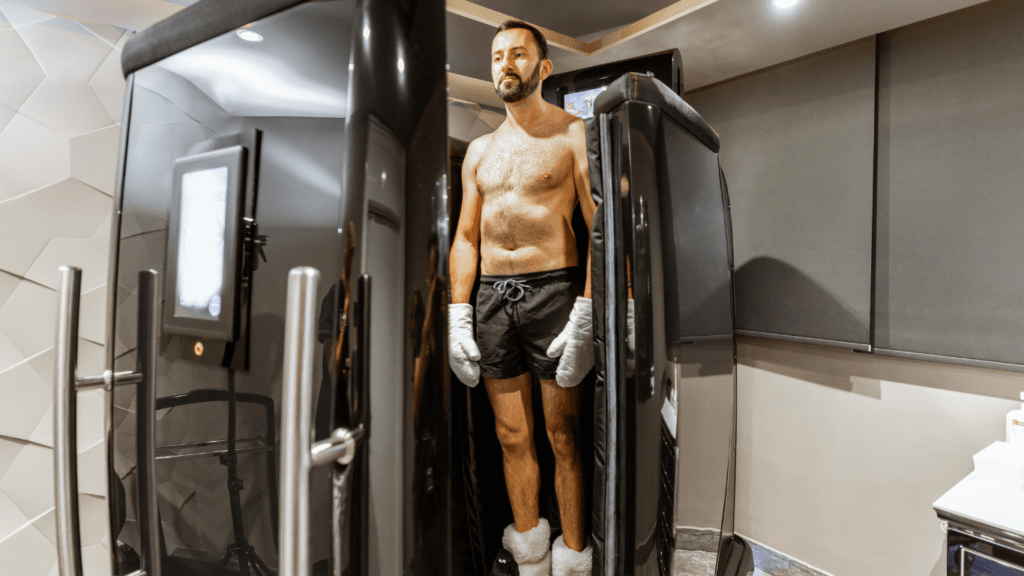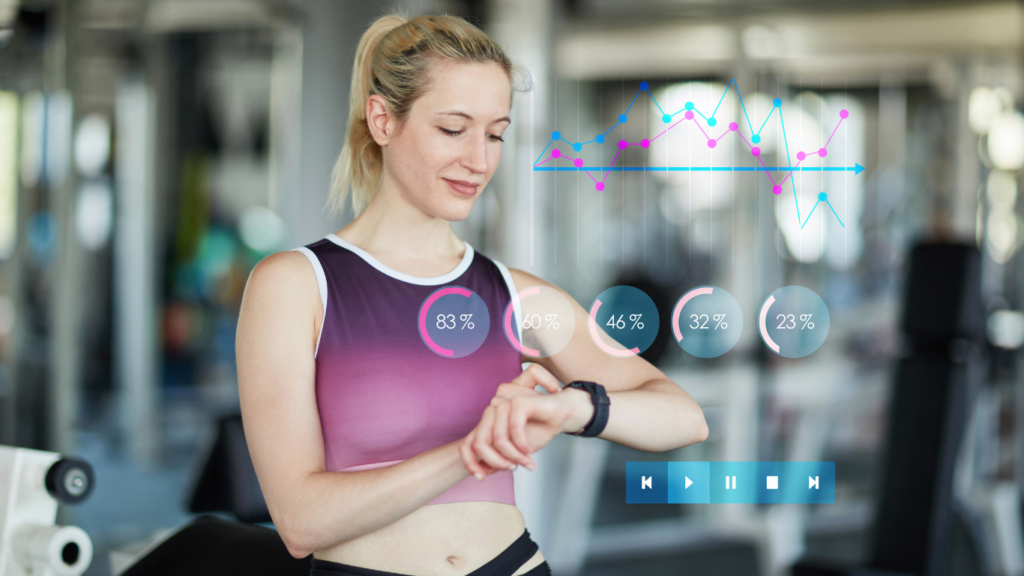Recovery isn’t just a buzzword anymore—it’s a game-changer. As an athlete, I know how crucial it is to bounce back stronger after intense training or competition. In 2025, recovery strategies have evolved, blending cutting-edge tech with tried-and-true methods to keep us performing at our peak.
From advanced wearable devices tracking every move to innovative therapies redefining rest, athletes are embracing tools that maximize recovery like never before. These hacks aren’t just about feeling better—they’re about staying ahead in a world where every edge matters. Let’s dive into the top recovery secrets shaping the future of athletic performance.
The Importance Of Recovery For Athletes
Recovery directly impacts an athlete’s performance and longevity in their sport. Fatigued muscles, reduced concentration, and increased injury risks are common results of insufficient recovery. It’s also during recovery that the body repairs damage, builds strength, and improves endurance.
Consistent recovery routines enhance athletic output over time. Effective recovery reduces:
- muscle soreness
- restores energy
- improves overall physiological balance
For instance, therapies like cryotherapy and compression boots contribute to faster rehabilitation. Recovery aids mental well-being alongside physical repair. Efficient rest periods reduce stress levels and improve sleep quality, both of which influence consistency in training and competition. Athletes who adopt comprehensive recovery routines outperform peers in demanding sports seasons.
Cutting-Edge Recovery Hacks To Try In 2025
Athletes in 2025 rely on innovative recovery methods that combine advanced technology with proven techniques. These groundbreaking approaches aim to enhance muscle recovery, reduce downtime, and improve overall performance.
Cryotherapy 2.0: The Next Generation Of Cold Therapy
Cryotherapy in 2025 features smart chambers moderated by AI to optimize cold exposure. Temperatures as low as -180°F are used to reduce inflammation, relieve muscle soreness, and accelerate recovery post-training. Devices now incorporate biometric sensors that adjust session duration based on real-time feedback, ensuring personalized treatment. Recovery times for microtears and soft tissue damage have decreased significantly due to these advancements.
Infrared Sauna Benefits For Muscle Recovery
Infrared saunas use light waves to penetrate deeper into muscles, promoting relaxation and blood flow. Athletes credit these saunas with improving oxygen delivery and reducing delayed-onset muscle soreness (DOMS) after intense workouts. Sessions lasting 20-30 minutes are shown to enhance mitochondrial function, aiding energy restoration. Unlike traditional saunas, infrared models in 2025 integrate analytics to monitor heart rates and track recovery progress.
Advanced Massage Therapy Tools And Gadgets
Precision tools like percussive therapy devices and robotic massagers dominate recovery plans. New models synchronize with apps to analyze muscle tension, applying pressure levels tailored to specific needs. Devices equipped with cryo and heat settings offer dual-action results, loosening tight areas while reducing inflammation. Athletes benefit from improved flexibility and faster recovery from localized pain due to these enhancements.
Nutrition And Hydration Strategies For Faster Recovery

Effective nutrition and hydration play essential roles in an athlete’s recovery plan. By focusing on targeted dietary choices and hydration protocols, athletes in 2025 enhance recovery speed and performance consistency.
Anti-Inflammatory Superfoods
- Incorporating anti-inflammatory superfoods reduces exercise-induced inflammation and promotes muscle repair.
- Foods like tart cherries, rich in anthocyanins, and turmeric, containing curcumin, are frequently consumed to mitigate swelling and pain.
- I also prioritize fatty fish like salmon and mackerel, known for their omega-3 fatty acids, which aid in reducing joint discomfort.
- Leafy greens like kale and spinach, abundant in antioxidants, further support cellular recovery.
Customized Electrolyte Solutions
Customized electrolyte solutions address specific hydration and mineral replenishment needs after physical exertion. Sweat testing now enables precision-based electrolyte formulations, ensuring optimal sodium, potassium, and magnesium levels. I rely on these formulations to maintain fluid balance, enhance muscle function, and prevent cramps. Incorporating adaptogens like ashwagandha in hydration mixes is trending, as they support stress reduction and recovery efficiency.
The Role Of Sleep In Athletic Recovery
Sleep plays a decisive role in athletic recovery, directly impacting muscle repair, hormone regulation, and overall performance. Athletes are leveraging advanced strategies to enhance sleep quality, ensuring it supports their recovery goals effectively.
High-Tech Sleep Monitoring Devices
High-tech sleep monitoring devices offer precise insights into sleep patterns, ensuring athletes optimize their rest. Tools like smart rings, patches, and mattresses analyze sleep cycles, heart rate variability, and respiration rates. Based on this data, athletes can adjust bedtime routines, training loads, and nutrition plans to enhance recovery. For example, devices incorporating real-time feedback help identify disruptions like apnea or insufficient REM sleep. These innovations empower athletes to identify and mitigate issues, ensuring maximum repair during rest.
Optimizing Sleep Environment For Recovery
Creating a recovery-focused sleep environment boosts both sleep quantity and quality. Blackout curtains, white noise machines, and cooling technologies maintain ideal conditions for uninterrupted rest. Maintaining a room temperature around 65°F optimizes thermoregulation during sleep stages. Additionally, using orthopedic mattresses and pillows supports proper spinal alignment to relieve physical stress. Incorporating calming pre-sleep routines, such as mindfulness or reading under dim light, further primes the body for restorative rest. These steps ensure athletes experience deeper sleep cycles, accelerating tissue recovery and energy restoration.
Mental And Emotional Recovery Techniques
Athletes in 2025 are prioritizing their mental and emotional health as part of holistic recovery strategies. These techniques improve focus, alleviate stress, and ensure peak performance during intense training periods.
Mindfulness Practices For Stress Reduction
Mindfulness has become a cornerstone for managing stress effectively. Controlled breathing exercises, like diaphragmatic breathing, enhance relaxation by lowering cortisol levels and promoting heart rate stability. Apps offering guided meditation sessions cater to athletes’ specific needs, including visualizations for performance enhancement and pre-game focus. Journaling is also gaining traction as a recovery tool, enabling athletes to process emotions, set intentions, and track mental progress over time.
The Growing Popularity Of Recovery Retreats
Recovery retreats are increasingly popular, offering immersive environments tailored for mental rejuvenation. Designed for athletes, these retreats integrate nature-centric experiences like forest bathing alongside expert-led counseling sessions to address mental fatigue. Facilities often include yoga and Pilates classes to combine physical recovery with emotional well-being. Recovery-focused resorts also enhance sleep schedules through structured programming, ensuring deep rest without external disruptions. This trend reflects the shift towards consolidated recovery hubs, where top-performing athletes address mental and physical recovery simultaneously.




